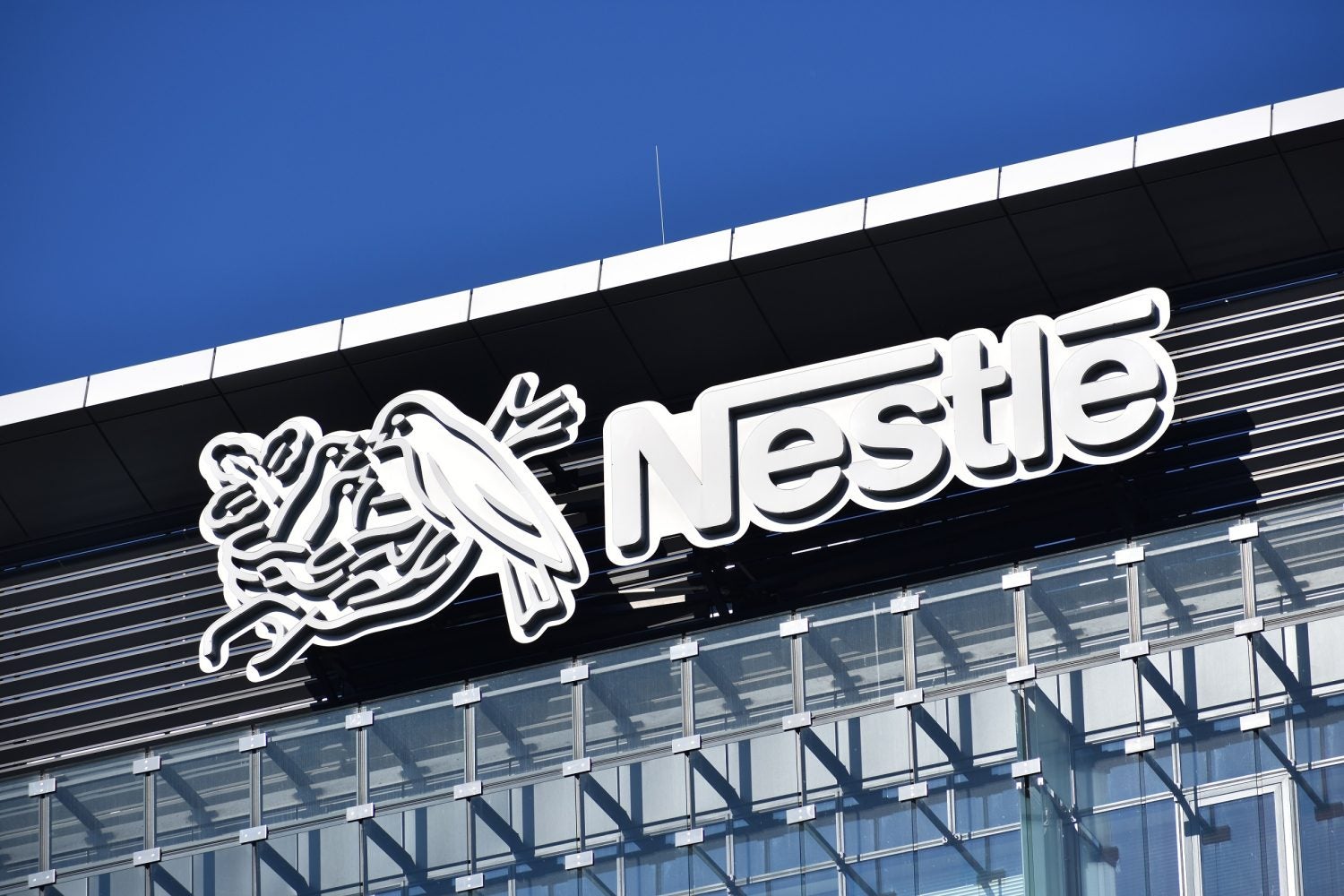
Nestlé was the food company to have the most patent requests given the green light in the opening nine months of the year, data shows.
In the period to 30 September, the world’s largest food maker had 169 applications granted, figures from GlobalData, Just Food’s parent, suggest.

Discover B2B Marketing That Performs
Combine business intelligence and editorial excellence to reach engaged professionals across 36 leading media platforms.
GlobalData’s Patent Analytics database contains global figures on the patents filed – and granted – by businesses across multiple sectors. Each patent is classified by company – and by theme, including those linked to areas such as the environment, sugar reduction and robotics.
An example of an approved patent filed by Nestlé included an application centred on evaporated milk “with improved mouthfeel, process of making it, products containing said milk and use for food and beverage production”. That patent was lodged in Australia.
Among packaged food and food-ingredient companies, China’s Cofco Corp. was next on the list during the period, with 71 patent applications granted.
DSM-Firmenich followed Cofco, with 61 requests approved. Fellow ingredients supplier Chr. Hansen came next with 58 – a figure matched by Danone – with Unilever securing 56 approvals.

US Tariffs are shifting - will you react or anticipate?
Don’t let policy changes catch you off guard. Stay proactive with real-time data and expert analysis.
By GlobalDataBy theme, some 4,839 of the patents granted during the period were linked to health and wellness, the data suggests. Patents related to the environment were next, with 1,364 applications approved.
Our signals coverage is powered by GlobalData’s Thematic Engine, which tags millions of data items across six alternative datasets — patents, jobs, deals, company filings, social media mentions and news — to themes, sectors and companies. These signals enhance our predictive capabilities, helping us to identify the most disruptive threats across each of the sectors we cover and the companies best placed to succeed.




